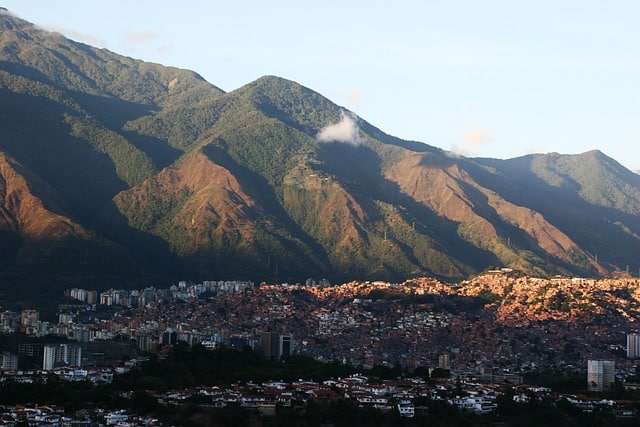
Joropo is the name of a traditional Latin American dance and music.
The joropo is a dance and musical genre typical of Venezuela that, over time, spread to neighboring nations. Depending on the region, it acquires different characteristics and contemplates different figures.
Before moving forward, it is important to mention that the notion of joropo can also refer to a party or domestic celebration . However, the most common thing is that the concept is linked to traditional dance and music.
Origins
The origins of the joropo can be traced back to the middle of the 18th century and are related to the fandango , a popular dance belonging to various parts of Spain and Latin America, and to melismatic music of Arab origin. We must clarify that melisma is understood as the technique that consists of singing various notes for the same syllable, extending its duration as much as the composer or performer wishes; The opposite concept is syllabic music, which gives each syllable a single note.
According to the researcher and musicologist Rafael Salazar , who specializes in the musical culture of the Caribbean and Venezuela, the fandango is considered a dance that originated in Guinea and it was through slavery that the Antilles received it, with the arrival of the so many people who were forced to leave their land to work hard and unjustly in the mines and fields. In the Iberian Peninsula it was well accepted once the conquistadors offered their own version , with differences and mixtures that gave rise to a new type of fandango.
Despite this, the Council of Castile , over which only the king himself had power, banned this dance in 1640. Returning to the joropo, we can say that it was based on the fandango but enriched it with indigenous elements. In the city of Caracas. Fandangos appeared at the beginning of the 17th century, on the capital's estates. The instruments used at that time were the cuatro, the bandola, the harpsichord and the bandurria.
Thanks to the celebration of these festivals by the influential Creoles of the Colony, the music reached the ears of the peasants of Venezuela, who soon learned it and fused it with their own ingredients to give rise to the emergence of the joropo, using the maracas. , the rustic harp and other instruments that gave it its own character. Little by little, its popularity grew. However, in the mid-18th century the Royal Consulate of Caracas issued a sanction against the joropo with the help of the Catholic Church, arguing that the movements and contact between the dancers had a sexual nature. In fact, they imposed a sentence of two years in prison for those who executed it and two months for the public.
General characteristics
The joropo brings people together and stands out for its festive air . In this way it can be said that it contemplates the fusion of a specific music , a type of dance and a leisure event. Furthermore, this cultural manifestation combines indigenous, African American, European and Creole elements.
At the beginning of the dance the figure of the valsiao appears, where the embracing couples spin in a spiral. Then comes the figure of the escobillao , with the front dancers advancing and retreating for short stretches. The zapatiao , meanwhile, is the male figure where the dancer is responsible for making his footsteps sound.

Caracas, the city where fandango inspired the indigenous people to create the joropo
It should be noted that, in the joropo, there are steps that are executed while embracing, others held with both hands, some with just one hand and even steps that are danced alone. Since 2014 , the joropo has been part of the Cultural Heritage of the Venezuelan Nation .
It is common to distinguish between the eastern joropo , the central joropo and the llanero joropo . Each one has its particularities, generated from the miscegenation and the various historical developments of the regions .
